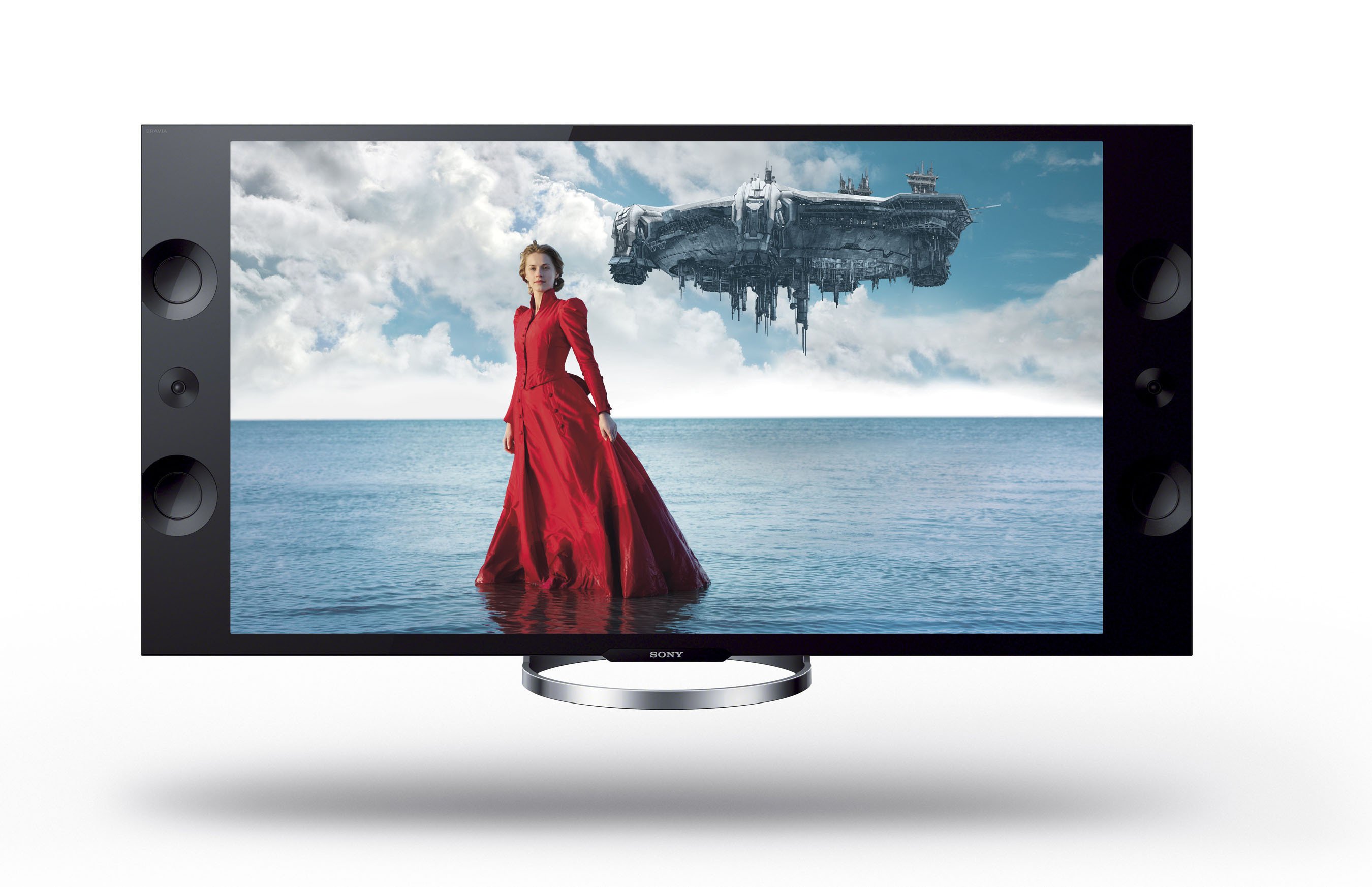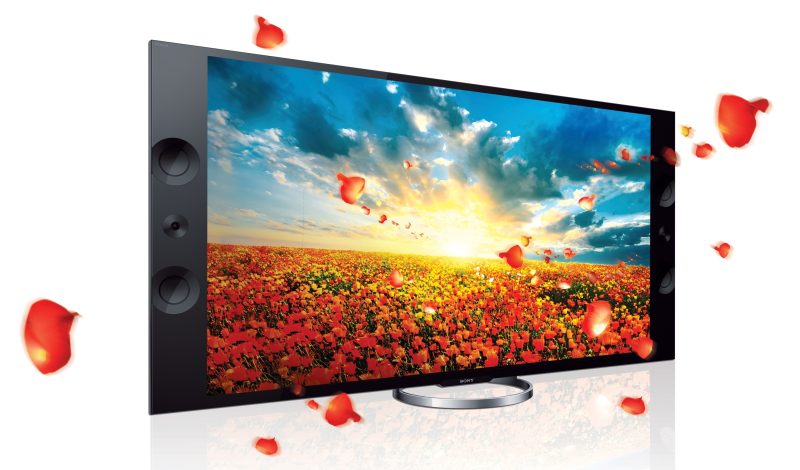Table of Contents Show
The 4K Ultra High-Definition television. It’s not only a mouthfulâ it’s an eyeful. When you look at one of these massive Ultra HD screens, it’s as if your eyes can’t quite comprehend the extreme clarity of the picture. Everything is so bright, so beautiful, so clear and crispâ and then you turn back to the real world, which seems dull and fuzzy by comparison. You’re left with an intense feeling of desire. “I have to have this,” says your brain, lured by the fantastic, surreal clarity of the images. Certainly, 4K appears to be ready to go mainstream sometime soon, so let’s take a look at what it has to provide.
Okay, step away from the magical 4K TV. Clear your mind for a moment. Before you buy one of these beauties, there are a few things you need to know.
The Tech Behind the TV
First, you need to understand what it is that you’re paying for, because a lot of money will be leaving your bank account or going onto your credit card. So what is a 4K Ultra HD TV?
A normal 1080p TV has 1,920 pixels horizontally and 1,080 vertically. That’s more than 2 million pixels that the display can use to produce a nice, clear picture.
A 4K UHD TV has 3,840 pixels horizontally and 2,160 vertically. That is a mind-blowing 8.2 million pixels.
Wherever there is one pixel on a high-definition TV, there are four in the same spot on the UHD TV. Details are sharper, curves are smoother, and lines are clearer.
Bigger Really Is Better
If you’re going to buy a 4K TV, go big. Choosing a small size doesn’t make much sense; it won’t allow you to thoroughly enjoy the technology that you’re buying. Go as big as you likeâwe’re talking a 55-inch, 65-inch, or 70-inch screen here. They will all look amazing.
Picking and Choosing
Since these 4K UHD TVs are so new, you may feel a little lost when you start shopping for one. Ideally, look for one with excellent contrast ratios. Make sure that it’s equipped with HDMI 2.0a connections, since that ensures up to 60 frames per second and the support necessary for true UHD quality. Also, choose an HDCP 2.2-compliant model with a high-end integrated audio system so that you don’t have to spend a lot of extra money on speakers right away. You’ll need a 4K TV with a high dynamic range (HDR), wide color gamut (WCG), and perfect black levels. Look for a TV with phosphor-coated LEDs, since they enable a cleaner backlight resulting in more accurate colors.
Content Catch-Up
The content is still catching up to the technology. You won’t find a lot of Ultra HD content yet, but it’s coming along quickly. You’ll have access to some 4K UHD TV and movies through various streaming services, but there just a few UHD Blu-ray players and discs, so you’ll have to wait for those to become maintstream. If the 4K tech isn’t eclipsed by another breakthrough within the next couple of years, UHD Blu-rays and players should continue arriving on the market regularly.
If you’re still nervous about selecting your first 4K TV, grab a couple of friends who are tech savvy and have already purchased their own UHD TVs. They can help you look through the available products and find one that suits your needs and your budget.








